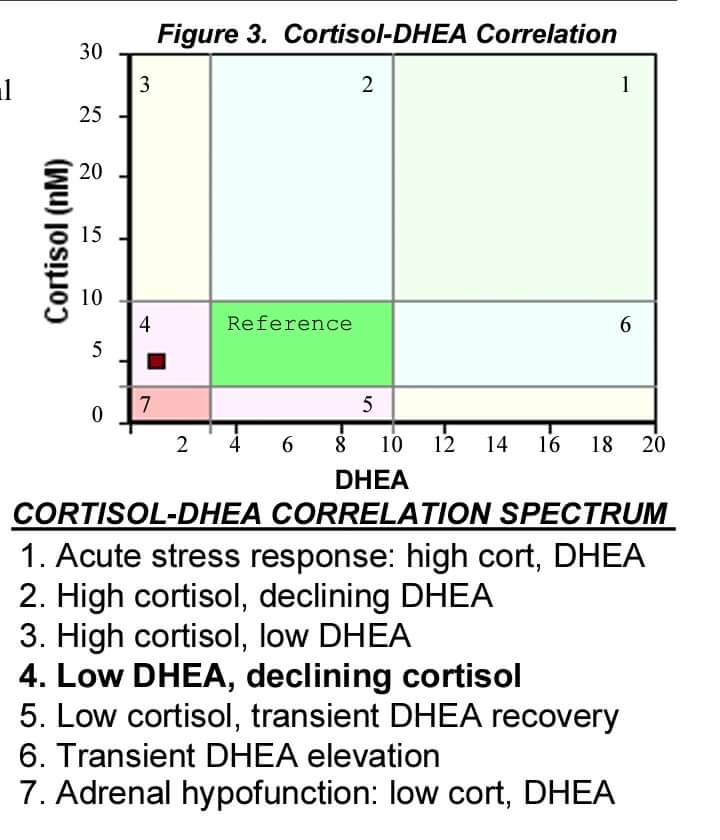

Glucocorticoids, produced in the adrenal glands, are a key physiological tool in ecological studies and aid in the assessment of the health condition of populations as they cope with and respond to change. Stress response is, in fact, a part of daily life, but it is harmful when triggered too intensely or for too long a time. The hypothalamic-pituitary-adrenal (HPA) axis plays a primary role both in acute and chronic stress responses. The welfare of shelter dogs has been assessed in previous studies by measuring some physiological changes induced by long-term confinement. Welfare assessment in shelter dogs is a topic still debated due to the complexity of the systems involved, the difficulty of defining indicators, and the adaptation skills of individual dogs.

When an individual fails to cope and adapt to the stressful conditions, distress may occur, putting the welfare of the animal at risk. Lack of social interaction, little exercise, minimal control over their environment, unpredictable noise levels, and caretaking routines can make living in a shelter stressful to dogs. Thus, the welfare of shelter dogs has become of considerable interest to professionals, researchers, and animal rescue organizations, as recently pointed out by the Association of Shelter Veterinarians. Despite the numerous positive ethical aspects, this “no-kill policy” has lengthened the duration of dogs staying in shelters, increasing the number of animals housed and public costs. In several countries, including Italy, the euthanasia of sheltered dogs is prohibited. Nowadays, all over the world, a large number of dogs live in shelters.
#DETECTX CORTISOL PC#
The associations between these variables within each PC also confirmed the intricate relationships between the hypothalamic-pituitary-adrenal (HPA) axis and the immune system as well as the importance of a multiparametric approach in evaluating welfare. A principal component analysis extracted three bipolar components (PCs), explaining 75% of the variance and indicating negative associations between neutrophil and lymphocyte (PC1), lysozyme and β-endorphin (PC2), cortisol and lysozyme (PC3). Neutrophils ( p < 0.01), lysozyme ( p < 0.05), and fecal cortisol ( p < 0.05) decreased, while lymphocytes ( p < 0.05) increased after four weeks compared to the first days of being in the shelter, suggesting an improvement in the dogs’ welfare over time. Uni- and multivariate statistical analyses were used to evaluate their interactions and changes over time. Well-recognized welfare biomarkers, such as fecal cortisol and leukocytes, as well as some innovative parameters (β-endorphin and lysozyme) were determined. In 46 of these dogs, sampling was repeated after four weeks. Blood and fecal samples were collected from a group of 71 dogs at the time of admission to the shelter. This study aimed to evaluate the state of welfare of a group of dogs during the first month after entering the shelter by using different stress parameters. Findings also highlighted that some of the parameters investigated, such as neutrophils, lymphocytes, and fecal cortisol and lysozyme could be used for the welfare assessment of dogs entering a shelter. A reduction in the values of the measured physiological and immune parameters over time suggested an improvement in the dogs’ welfare after four weeks of being in the shelter compared to the initial capture and admission time. A multivariate statistical approach was used to comprehensively evaluate the relationship between the variables investigated. Considering that early welfare assessment could improve the management of subjects more prone to developing distress, measurements were taken at the time of admission and four weeks after the dogs entered the shelter. This study aimed to evaluate the state of welfare of a group of dogs entering a shelter using physiological and immunological parameters by exploring the value of some biological indicators obtained by non-invasive methods.
#DETECTX CORTISOL HOW TO#
More knowledge is still needed on how to assess shelter dog welfare. Several social, environmental, and management challenges can put the welfare of shelter dogs at risk. In “no-kill policy” countries, many dogs live in shelters.


 0 kommentar(er)
0 kommentar(er)
